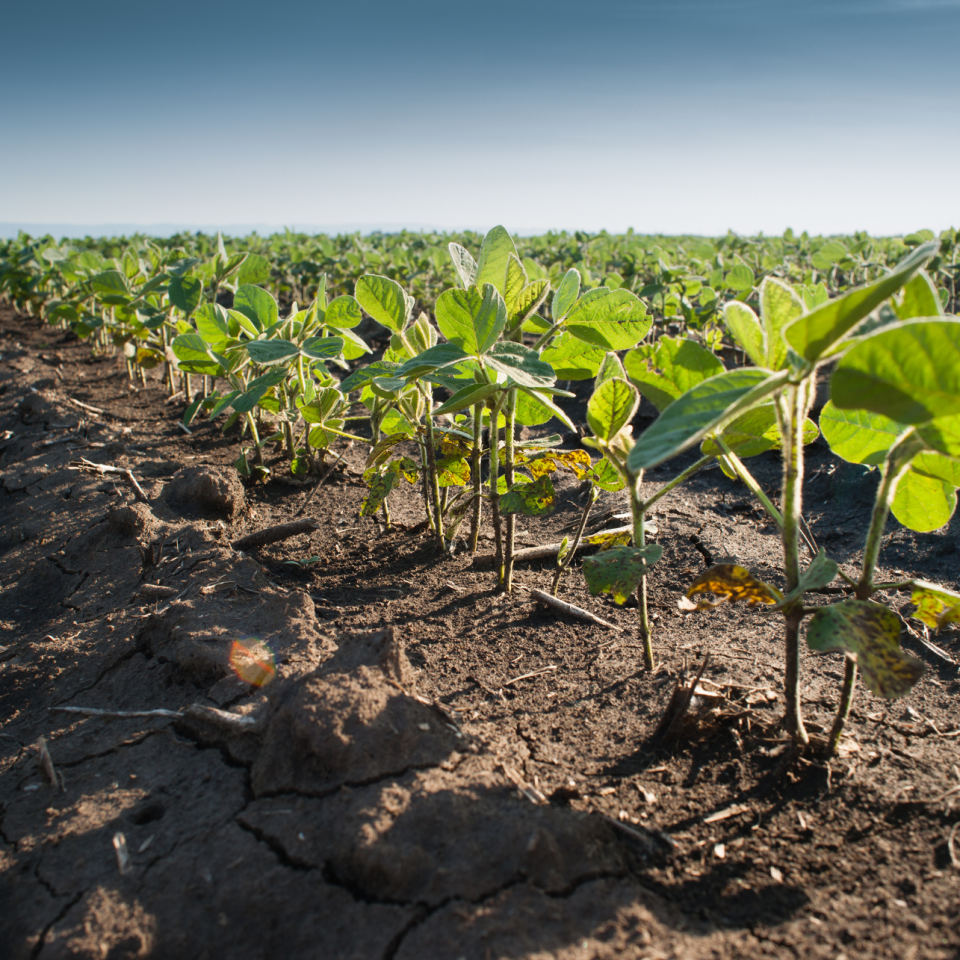
As we embark on another growing season, it’s crucial to address two vital aspects that significantly impact crop productivity: the critical weed-free period and early season pests. Understanding and effectively managing these factors can make a substantial difference in achieving optimal yields.
Part 1: The Critical Weed-Free Period
Weeds are dreadful competitors, vying with crops for essential resources like nutrients, water, and sunlight. Early weed interference can lead to yield losses ranging from 10% to a staggering 80%. The critical weed-free period, or CWFP, is the stage when it’s paramount to control weeds to prevent competition with crops. Key points to remember about CWFP:
- Keeping the crop weed-free during CWFP should prevent yield reduction.
- Weeds emerging after CWFP won’t affect yield.
- Allowing weeds to compete during CWFP may have lasting effects, especially in perennial crops.
Each crop has its unique CWFP timing. For crops like corn, soybeans, and canola, this period is especially crucial, as these are less competitive in their early stages. Timely weed control measures during this vulnerable phase can help establish robust root systems and achieve maximum growth potential.
Effective Weed Management Strategies
Implementing a two-pass herbicide application can offer the best economic return for growers over the long term. Several herbicide choices can maintain the critical weed-free period for each crop, including options that offer residual control. Integrated weed management is vital, and with the right strategy, herbicide program, and timing, effective control can be achieved and maintained.
Utilizing Adjuvants for Enhanced Herbicide Activity
Adjuvants are substances added to a mixture tank to improve herbicide functionality. Surfactants, crop oil concentrates, ammonium sulfate (AMS), and methylated seed oils can enhance herbicide activity by improving penetration, absorption, and movement into target weeds. Choosing the right adjuvant depends on the herbicide and field conditions.
Part 2: Managing Early Season Pests
In addition to weeds, early season pests present a significant threat to crop health and productivity. These pests encompass insects, nematodes, and diseases, all capable of inflicting extensive damage if left unaddressed. For example, insect pests like aphids, cutworms, and flea beetles can wreak havoc on young seedlings, leading to stunted growth or crop failure.
Nematodes, minute worms dwelling in the soil, pose another peril to crops by feeding on roots, resulting in diminished nutrient absorption and compromised plant vitality. Moreover, diseases such as damping-off and seedling blights have the potential to spread rapidly during the initial stages of crop growth, causing significant losses if not managed effectively.
Effective Management Strategies
To combat the impact of early season pests, proactive management strategies are imperative. Integrated pest management (IPM) practices, encompassing cultural, biological, and chemical control methods, offer a comprehensive approach to pest management while minimizing environmental repercussions.
Implementing best practices such as crop rotation, adhering to proper planting dates, and meticulous seedbed preparation can diminish pest pressure and bolster crop resilience. Additionally, regular field scouting to monitor pest populations and deploying targeted interventions when thresholds are surpassed can avert pest outbreaks and mitigate damage.
Additional Resources
- https://www.omafra.gov.on.ca/ipm/english/weeds-herbicides/critical-weed-free.html
- https://www.ontariofarmer.com/business-sponsored/fmc-agricultural-solutions
- https://www.cropscience.bayer.ca/articles/farm-forum/protect-yield-with-early-weed-removal-strategy
- https://www.greenbelt.ca/soil_health_reduces_weeds
- https://www.youtube.com/watch?v=R8Sxp61HNxQ
- https://gfo.ca/wp-content/uploads/2018/01/CropPests-reduced.pdf
- https://www.ontario.ca/page/scouting-soil-insect-pests-field-crops
- https://www.realagriculture.com/2024/04/soybean-school-controlling-weeds-after-a-warm-winter/
As your trusted agricultural partner, Sylvite Agri-Services is committed to providing you with the expertise and support you need to overcome these challenges and achieve your production goals.